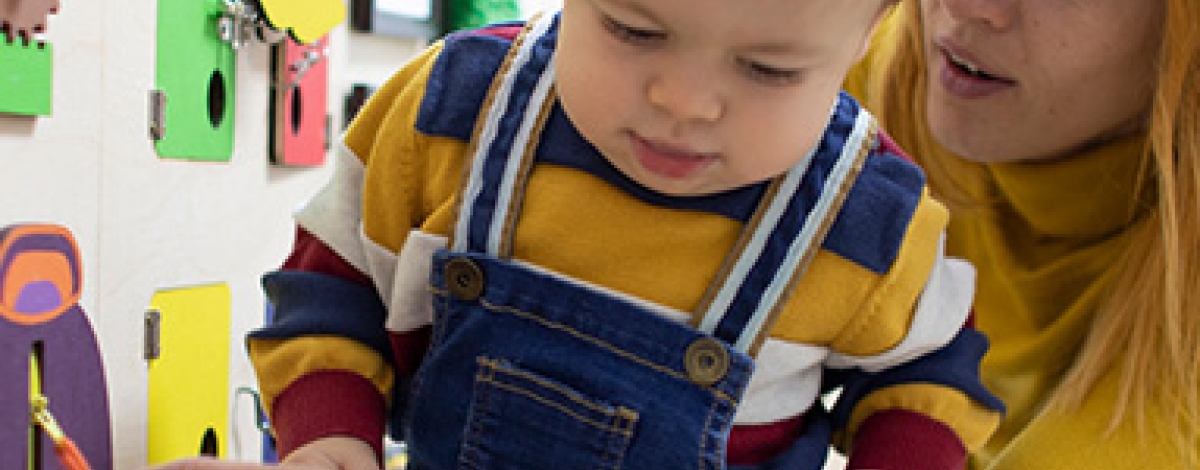New Study Could Help Parents Change Trajectory of Autism in Child's First Year
The amygdala is an almond-shaped cluster of nuclei located deep within the human brain that processes memory, decision-making, and emotional responses. An enlarged amygdala has always been theorized to play a significant role in the development of autism. Researchers have known for a long time that the amygdala is notably larger in the brains of children diagnosed with autism. A new study completed at the University of Washington (published at the end of March) may have identified when the enlargement occurs.
The new study, published in the American Journal of Psychiatry, is the first to document amygdala overgrowth before autism appears clinically. Researchers from the Infant Brain Imaging Study (IBIS) Network, which includes the University of Washington, used magnetic resonance imaging (MRI) to demonstrate that the amygdala grows too rapidly in infancy. Overgrowth begins between 6 and 12 months of age, before the characteristics of autism fully emerge, potentially enabling the earliest identification of this condition.
Senior author Joseph Piven, MD, Professor of Psychiatry and Pediatrics at the University of North Carolina at Chapel Hill stated his conclusions: “Our research suggests an optimal time to start interventions and support children who are at highest likelihood of developing autism may be during the first year of life. The focus of a pre-symptomatic intervention might be to improve visual and other sensory processing in babies before social symptoms even appear.”
So what does pre-symptomatic intervention look like? The pre-symptomatic period is generally considered the time before and during the emergence of core symptoms of autism in the latter part of the first and second years of life. During this time, parents can work on therapeutic exercises with their baby to improve sensory and visual processing.
Occupational therapists from JCFS Integrated Pediatric Therapies (IPT) suggest the following:
For visual processing:
-
Showing black and white contrast images and designs to young infants.
- Giving them over-head batting toys such as a tiny play gym.
-
Putting a mobile over their crib.
For overall sensory processing:
-
Infant massage.
-
Skin to skin contact.
-
Playing or singing music during daily routines.
-
Mirror play.
-
Encouraging movement in a variety of planes (for example, rocking or gentle bouncing once head control is established).
-
Encourage open floor play - crawling is very important for sensory development.
-
Introduce tactile exploration - use sensory “squish bags” during playtime.
-
Encourage play with other types of tactile media, such as fabrics of various textures.
-
Encourage independent eating (which means allowing for messy meals).
All of these exercises can make a big difference. For more information or to schedule a free consultation, email IPI@JCFS.org or call 847.412.4379.



 Back
Back